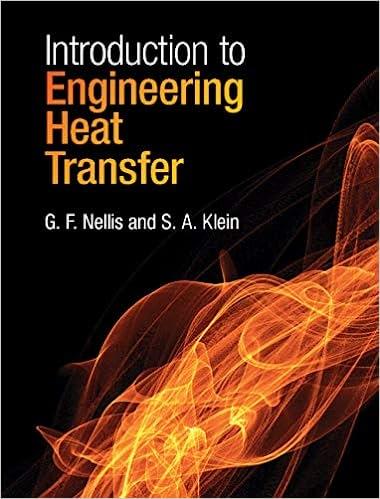Question
i need a pfd for this process, its a new process not found on chegg previously so dont copy it form somewhere else. thanks Acetylsalicylic
Acetylsalicylic acid
In the manufacture of aspirin, acetylsalicylic acid (ASA, the active ingredient in aspirin) is synthesized using the reaction:
salicylic acid + acetic anhydride acetylsalicylic acid + acetic acid.
The presence of phosphoric acid catalyzes the irreversible reaction, which proceeds with kinetics that are first-order with respect to salicylic acid concentration (kreaction = 0.5 s1).
Further, the reaction is exothermic (Hreact = 85,800 J/gmol of salicylic acid reacted).
A simplified process is described below:
The salicylic acid will enter the reactor as a crystalline solid but will dissolve in the acetic
anhydride. The reactor is a continuously stirred tank reactor, where 99.5% of the salicylic acid will be converted to acetylsalicylic acid (also dissolved). Furthermore, the contents of the reactor will be maintained at 70C in the reactor.
The outlet stream from the reactor will flow to a mixer where it will be joined by an additional stream of ultrapure water (22,000 L/hr, 25C).
The water will react with the excess acetic anhydride to form more acetic acid, according to the reaction acetic anhydride + water 2(acetic acid).
This reaction proceeds to 100% conversion in the mixer, so the sizing of a reactor for this step is not necessary. Further, this reaction is also exothermic, but the extent of this reaction is small enough in this case to justify neglecting the heat of the reaction.
The mixed product stream leaving the mixer will enter a centrifugal pump, which will boost the pressure to the value needed to pass through the remainder of the process (leaving the final filtration sequence at atmospheric pressure).
The stream leaving the pump will enter a product cooler (a heat exchanger) in which it will be cooled to 25C using cooling water as the other stream in the exchanger. The water addition and cooling step will promote the crystallization of the acetylsalicylic acid (and any unreacted salicylic acid), and the stream will then enter a filtration sequence to separate the crystals (aspirin stream) from the other byproducts (acetic acid byproduct stream, which is sold).
Step by Step Solution
There are 3 Steps involved in it
Step: 1

Get Instant Access to Expert-Tailored Solutions
See step-by-step solutions with expert insights and AI powered tools for academic success
Step: 2

Step: 3

Ace Your Homework with AI
Get the answers you need in no time with our AI-driven, step-by-step assistance
Get Started


